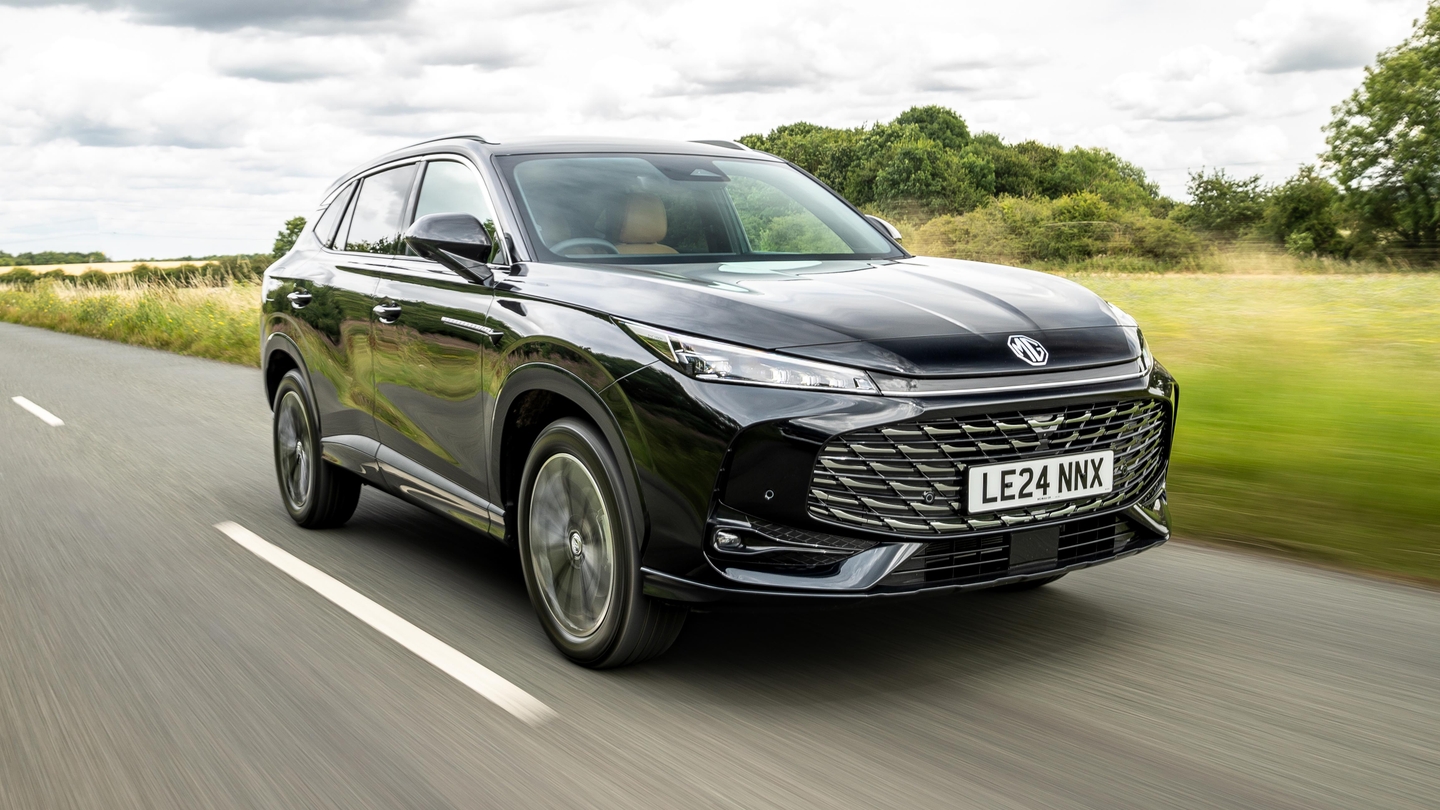
MG ZS engines, driving and performance
Gallery
How does the MG ZS drive?
You might associate the MG brand with sporty roadsters and hot hatches, but the ZS isn’t made for keen drivers. It’s built as good-value transport and the driving experience is very much a secondary concern – fitting high-tech engines and uprated components would increase the cost.
So the brakes could be firmer, the steering could be more reactive, the tyres could be grippier, but it’ll get you from A to B without much fuss.
Is the MG ZS comfortable?
Over most road surfaces, the MG ZS is more than comfortable enough. Big jolts and sustained pattering will get through to the cabin, but a lot of the harshness is taken out in a way that more premium cars sometimes struggle to manage. It benefits from not trying to be sporty – its more relaxed demeanour helps with composure over bumps.
In the electric version, the quiet powertrain highlights a noticeable amount of tyre noise and wind noise around the mirrors, which could get a little tiring on long journeys. However, the refinement of the ZS EV is pretty strong overall – it’s on a par with a quiet petrol car.
What’s the best engine to get?
If your driving habits suit it and if you can charge at home, the best MG ZS is the electric one. It’s a little more expensive to buy as a used car than a petrol ZS of similar age and mileage, but its running costs will be much lower if you can charge overnight.
Facelift ZS EVs manage either 198 miles or 273 miles, depending on the size of the battery fitted, while even pre-facelift ones can go up to 163 miles between charges. We drove the Long Range ZS EV with the biggest 73kWh battery, and found it to be really pleasant to drive. It’s more than powerful enough and gives you the typical EV surge at low speeds. The whole driving experience is absolutely effortless in the electric version.
Choosing the 1.5-litre petrol engine is the cheapest route into MG ZS ownership, but do bear in mind that it’s quite an old engine and is outclassed by more modern rivals. What little power it has is all at the top end, so you might need to hang on to low gears to get up to speed. At which point, it’ll be noisy and not particularly economical – if you regularly go on fast roads or up steep hills, you won’t manage to match the claimed 42mpg fuel economy. What’s more, it only comes with a five-speed manual gearbox, which feels vague and woolly.
The 1.0-litre turbocharged engine is a better pick. It doesn’t have much power either, but more of it is available at lower revs which makes the ZS slightly easier to drive on faster roads. The gearbox choices are also a bit better – it comes with either a six-speed manual or a six-speed dual-clutch automatic gearbox. Fuel economy is the same as the 1.5 and insurance costs are comparable as well.
MG ZS performance
On paper, the 1.5-litre engine is slightly faster from 0-62mph than the 1.0-litre turbo but, in normal driving, it feels strained and weedy. Diving into the spec sheet explains why – the 1.5-litre engine’s maximum torque is available from 4,500 revs, while the 1.0-litre engine produces maximum torque from just 1,800 revs.
The 1.0-litre engine offers reasonable acceleration, and you’ll easily be able to keep up with traffic in manual versions. Disappointingly, the automatic gearbox increases the 0-62mph time by over a second.
The MG ZS EV is the best performer in the range – it has double the torque of the petrol engines and all of it is available from the get-go. Its 8.2-second 0-62mph time is about three seconds quicker than the petrol engines, which you’ll really notice if you drive them back-to-back.




















































